No products in the cart.
Great news! The Canada Post strike is over! We’re resuming deliveries to Canada!
Excellente nouvelle ! La grève de Postes Canada est terminée ! Nous reprenons les livraisons vers le Canada !
Great news! The Canada Post strike is over! We’re resuming deliveries to Canada!
Excellente nouvelle ! La grève de Postes Canada est terminée ! Nous reprenons les livraisons vers le Canada !
[category_image]
Broncholytin Tab film-coated tablets 40 mg blister 20 pcs.
$23.07
Broncholitin Tab relieves dry cough, reduces throat irritation, has anti-inflammatory and mild antispasmodic effects. Suitable for adults and children 4+.
Category: Gastrointestinal tract and liver
Brand: Sopharma
Pharmacological properties
Pharmacodynamics. Broncholytin is a combined drug with a pronounced antitussive, bronchodilating effect. The complex effect of the drug is due to the properties of its main components: glaucine hydrobromide and ephedrine hydrochloride. The alkaloid glaucine suppresses the cough center, without affecting the respiratory center. It has a mild bronchospasmolytic and adrenolytic effect and does not cause addiction and dependence, provided that the method of application and dosage are observed.
Ephedrine is an adrenomimetic of direct (stimulates alpha and beta receptors) and indirect (inhibits the activity of amine oxidase) action. Causes the release of noradrenaline and adrenaline from their depot. Ephedrine has an antispasmodic effect on the smooth muscles of the bronchi. For a long time, it relaxes the bronchial muscles, which is due to a pronounced stimulating effect on β 2 -adrenergic receptors. Under the influence of ephedrine, swelling of the bronchial mucosa decreases and their lumen expands. Pharmacological studies of Broncholytin syrup show that it reduces the spastic effect of histamine on the bronchi.
Facilitating sputum discharge and bronchial deobstruction are due to the bronchodilating effect of ephedrine.
Pharmacokinetics. Absorption. After oral administration, glaucine and ephedrine are rapidly and completely absorbed in the gastrointestinal tract.
Distribution. C max of glaucine in blood plasma is reached 1.5 hours after its administration.
Ephedrine is distributed in the body, accumulating primarily in the liver, lungs, kidneys, spleen, and brain.
Metabolism. Glaucine and ephedrine (a small part) are metabolized in the liver.
Excretion: Glaucine is excreted in the urine as metabolites and unchanged drug.
The half-life of ephedrine is about 3-6 hours. It is eliminated in the urine mainly unchanged.
Indication
Broncholytin is recommended for use as part of complex therapy for diseases of the respiratory system accompanied by a dry, unproductive cough: acute and chronic bronchitis, tracheobronchitis, bronchiolytis, pneumonia, bronchiectasis.
Application
Administer orally after meals.
Adults and children over 10 years of age: 10 ml 3-4 times a day.
Children aged 3 to 5 years: 5 ml of the drug, diluted immediately before use in 10 ml of cooled boiled water, 3 times a day; from 5 to 10 years – 5 ml 3 times a day.
The duration of the treatment course is 5-7 days.
Contraindication
Hypersensitivity to the active substance or any auxiliary component of the drug.
CHD; severe and/or uncontrolled hypertension; acute myocardial infarction; severe organic heart disease with manifestations of decompensation; thyrotoxicosis; pheochromocytoma; angle-closure glaucoma; prostatic hypertrophy with urinary retention; insomnia.
Side effects
When using the drug Broncholytin, the following adverse reactions may occur:
from the immune system: hypersensitivity reactions (skin rash, urticaria, itching, angioedema, bronchospasm);
from the respiratory system, chest organs: dyspnea;
from the cardiovascular system: disturbances of heart rhythm and conduction, tachycardia, extrasystole, arrhythmia, palpitations, increased blood pressure, myocardial ischemia, chest pain, circulatory disorders in the extremities;
from the nervous system: headache, tremor, agitation, anxiety, restlessness, insomnia, sedation, dizziness;
from the digestive system: dry mouth, anorexia, nausea, vomiting, constipation;
from the urinary system: difficulty urinating, urinary retention is possible in patients with prostatic hypertrophy;
Skin and mucous membranes: increased sweating;
from the sensory organs: visual impairment;
others: shortness of breath, weakness, increased libido, dysmenorrhea, tachyphylaxis, tolerance with the development of addiction (with prolonged use).
Myocardial infarction is very rare in patients taking ephedrine or pseudoephedrine.
Ephedrine may act as a stimulant in children with nocturnal enuresis and cause insomnia, and may also have a sedative effect in some children.
Special instructions
Due to the stimulating effect on the CNS and possible sleep disturbance, taking Broncholytin syrup after 4 p.m. is not recommended.
Prescribe with caution to patients with diabetes mellitus and renal failure.
Use with caution in patients prone to developing drug dependence.
If, 5-7 days after the start of therapy, the symptoms of the disease persist or the condition worsens, you should consult a doctor to assess the feasibility of further treatment.
Cardiovascular effects may occur during treatment with sympathomimetics, including Broncholytin. Postmarketing data and literature data contain known evidence of isolated cases of myocardial ischemia associated with the use of beta-agonists (ephedrine hydrochloride). Patients with heart disease (CHD, arrhythmia or heart failure) using this drug should be warned about the need to seek medical help if chest pain or other symptoms of worsening heart disease appear. Special attention should be paid to the assessment of symptoms such as dyspnea and chest pain, since they can be of both respiratory and cardiac origin.
Glaucine hydrobromide should not be used in productive coughs accompanied by sputum production, as there is a risk of bronchial obstruction as a result of secretion retention. In case of labile blood pressure, a doctor’s consultation is necessary. The drug should be used with special caution in patients with hypertension and prostatic hyperplasia. Use with caution due to the risk of collapse as a result of the sympatholytic action of glaucine hydrobromide.
Children and the elderly are more sensitive to the effects of ephedrine.
After prolonged use of ephedrine, tolerance with the development of dependence is observed.
Broncholytin contains 43.75 g of sucrose. When used in recommended doses, each dose (5 ml) contains up to 2 g of sucrose. People with known intolerance to some sugars should consult their doctor before taking this medicinal product. The product may be harmful to the teeth.
Broncholytin contains up to 1.7 vol.% ethanol. Each dose (5 ml) contains up to 0.069 g of alcohol. This is dangerous for patients with liver disease, alcoholism, epilepsy, and brain diseases. The alcohol content should be taken into account when used by pregnant women.
The syrup contains methyl parahydroxybenzoate (E 218) and propyl parahydroxybenzoate (E 216) as excipients, which may cause allergic reactions (possibly delayed).
The content of ephedrine in the drug may give a positive result in a doping test in athletes.
Pregnancy and breastfeeding. Do not use in the first trimester of pregnancy or during breastfeeding. There is no data on the safety of use in the second trimester, therefore it is recommended to use only in cases where the benefit to the mother outweighs the potential risk to the fetus.
The use of ephedrine in the third trimester may lead to an increase in the fetal heart rate.
Children: Recommended for children over 3 years old.
Ability to influence the speed of reaction when driving vehicles or working with other mechanisms. The drug should be used with caution when driving vehicles and working with automated mechanisms due to the action of ephedrine. Ephedrine can cause mydriasis and influence the speed of reaction when driving vehicles or working with mechanisms.
Interactions
Broncholytin can be used simultaneously with antibiotics, antipyretics and vitamins. Due to the presence of ephedrine in the composition of the drug, the effects of narcotic and hypnotic drugs are weakened. When used simultaneously with cardiac glycosides, some sympathomimetics, quinidine, tricyclic antidepressants, the risk of developing arrhythmias increases. Similar effects can be observed when used simultaneously with ergot alkaloids or oxytocin. When used simultaneously with reserpine, a sharp increase in blood pressure is possible.
Because ephedrine has both alpha- and beta-agonist properties, it should be used with caution in patients who have undergone anesthesia with cyclopropane, halothane, or other volatile anesthetics.
Ergot alkaloids, MAO inhibitors and oxytocin potentiate the pressor effect of ephedrine (risk of hypertensive crisis with simultaneous use). If treatment with Broncholytin is necessary, a two-week interval should be observed after discontinuation of MAO inhibitors.
When used simultaneously with non-selective β-adrenergic blockers, the bronchodilator effect of the drug is reduced.
Sympathomimetics have an antagonistic effect on the antihypertensive effect of β-adrenergic blockers.
Ephedrine may counteract the neuron-blocking effect of guanethidine, leading to a loss of its hypotensive efficacy.
Ephedrine accelerates the metabolism of dexamethasone.
With simultaneous treatment with Broncholytin and antidiabetic drugs, a decrease in their hypoglycemic effect is possible.
The drug should not be used simultaneously with cough suppressants, both central (codeine, codterpine) and peripheral (exangite, prenoxdiazine) mechanisms of action.
Unjustified combination with drugs that cause a decrease in bronchial secretion (for example, atropine derivatives).
Concomitant use of ephedrine with theophylline may lead to increased nausea, nervousness and insomnia. Other CNS stimulating drugs or tonic drinks of herbal origin (coffee, tea, Coca-Cola) may enhance the CNS stimulating effects of Broncholytin when used simultaneously.
In patients with hypertension receiving concomitant therapy with ephedrine and adrenergic neuron-blocking drugs, loss of blood pressure control has been reported, which may also occur with other antihypertensive agents.
There is an increase in the vasoconstriction and pressor effects of ergotamine or methysergide; simultaneous use of ergotamine is not recommended (risk of gangrene).
The effects of ephedrine can be reduced by acidification and increased by alkalization of the urine.
Overdose
Overdose is characterized by nausea, vomiting, fever, loss of appetite, nervous excitement, tremor of the limbs, dizziness, increased sweating, difficulty urinating, increased blood pressure, decreased blood pressure, headache, drowsiness, weakness, rapid fatigue, increased manifestations of adverse reactions, paranoid psychosis, delusions, hallucinations.
Treatment: gastric lavage, administration of activated charcoal and symptomatic treatment.
Storage conditions
In the original packaging at a temperature not exceeding 25 °C. Do not freeze! Shelf life after opening the bottle is 1 month.
Be the first to review “Broncholytin Tab film-coated tablets 40 mg blister 20 pcs.” Cancel reply
You may also like


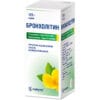
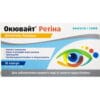
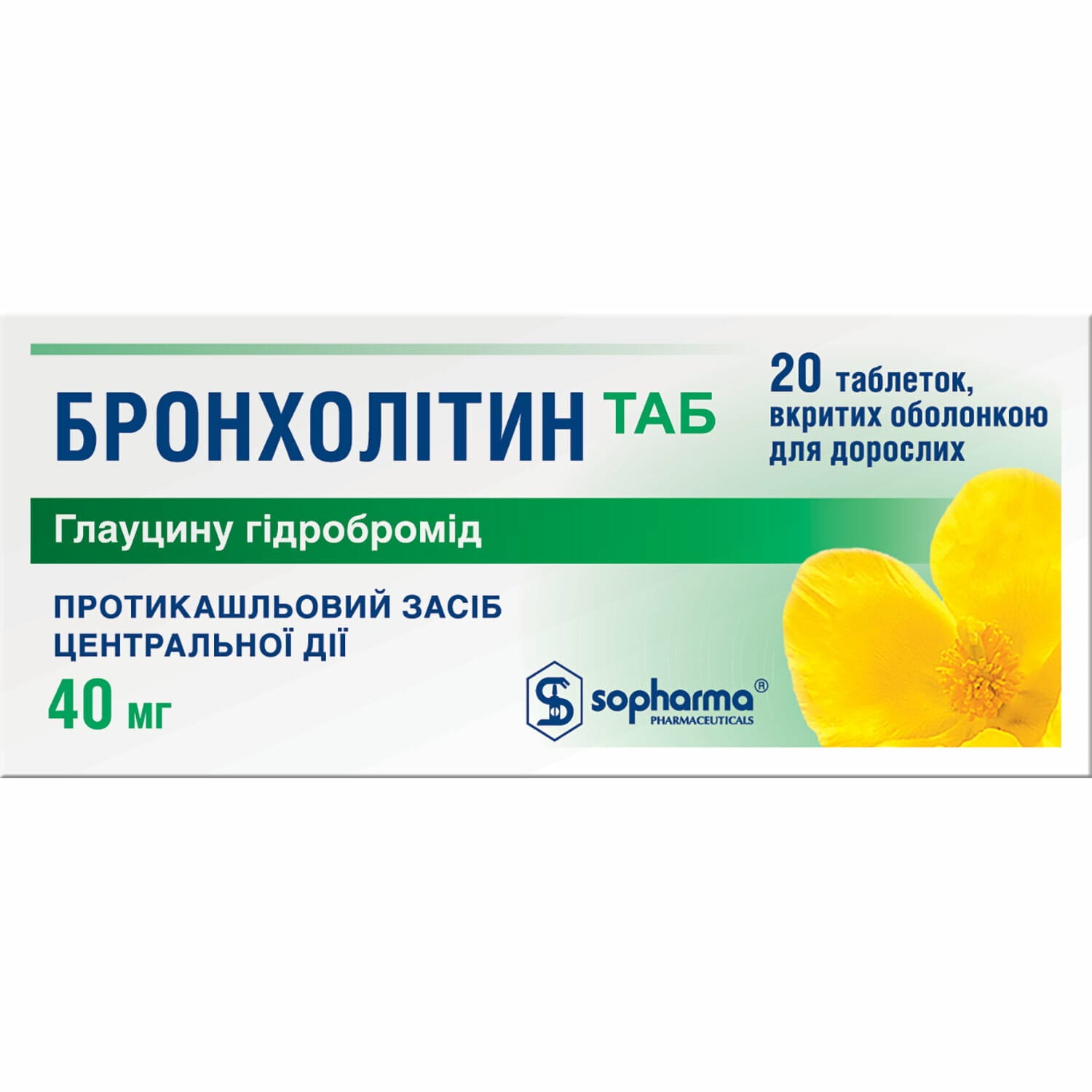
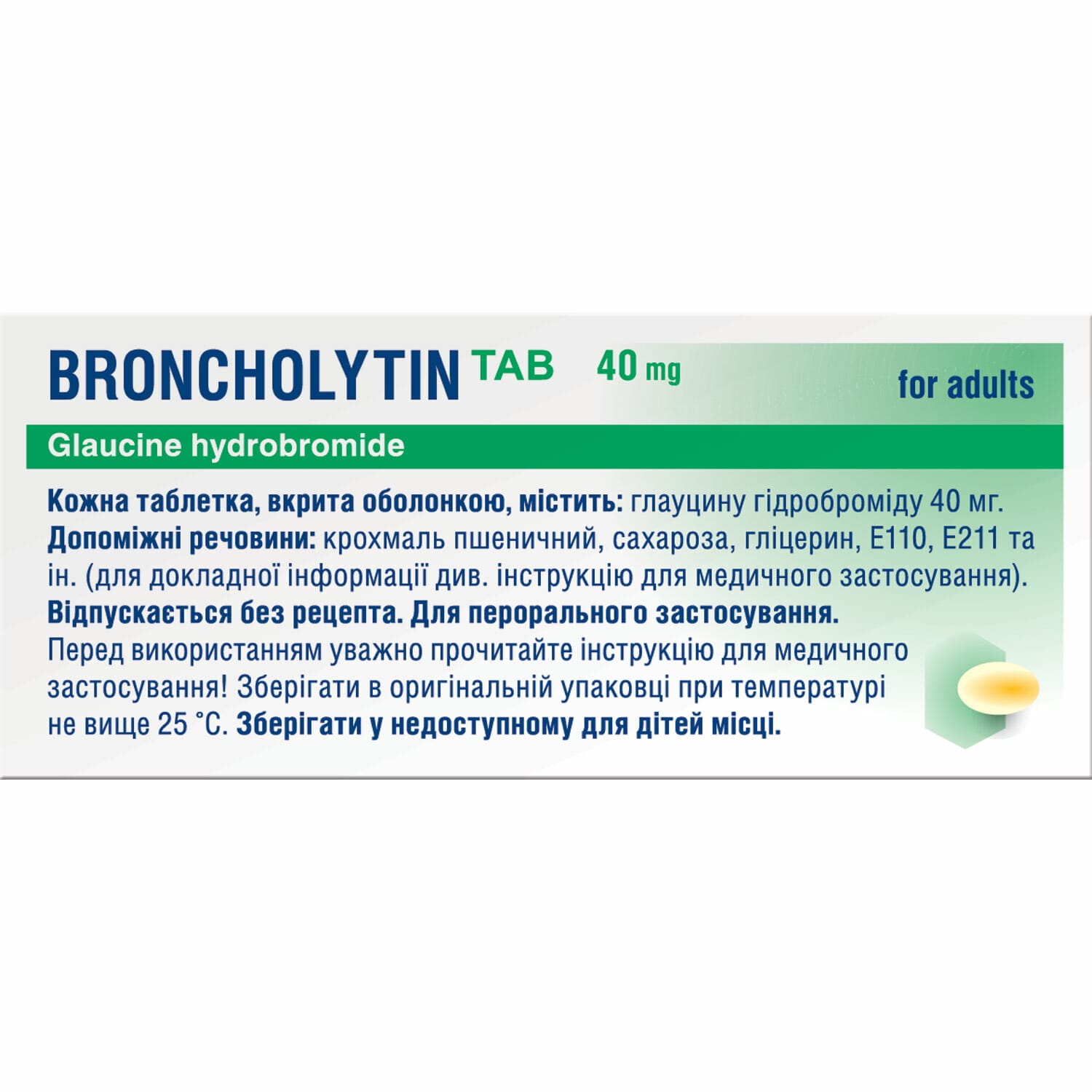
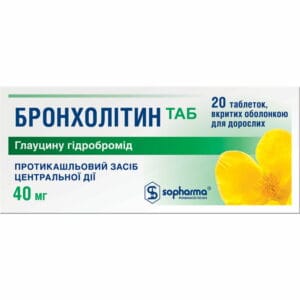
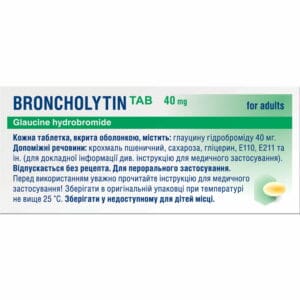
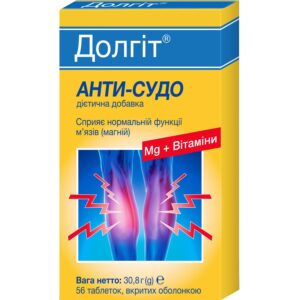
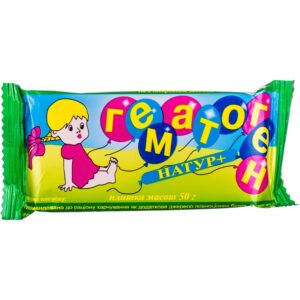
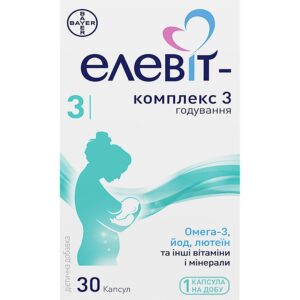
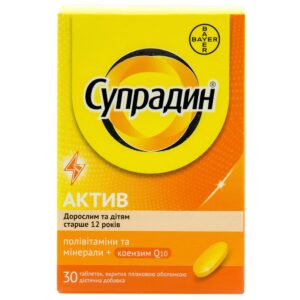
Reviews
There are no reviews yet.